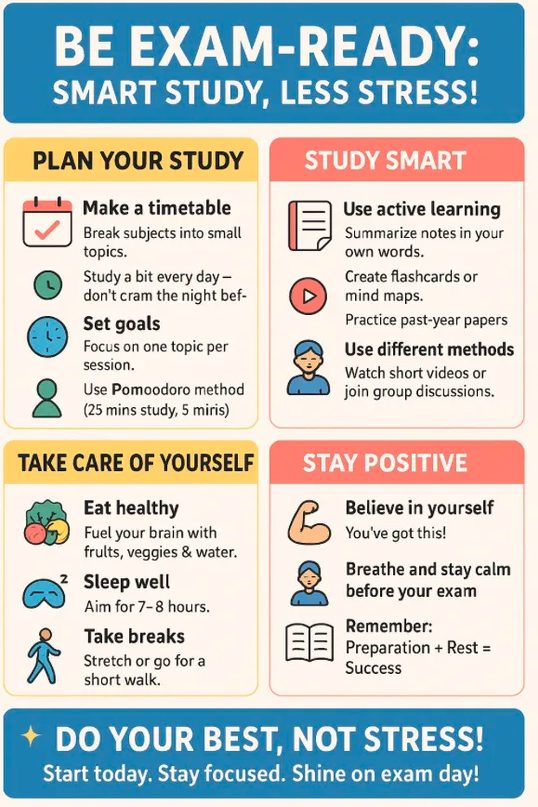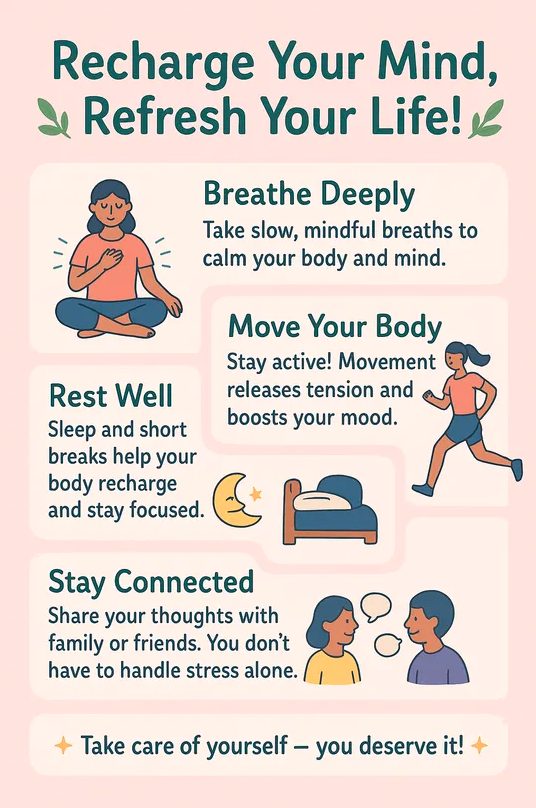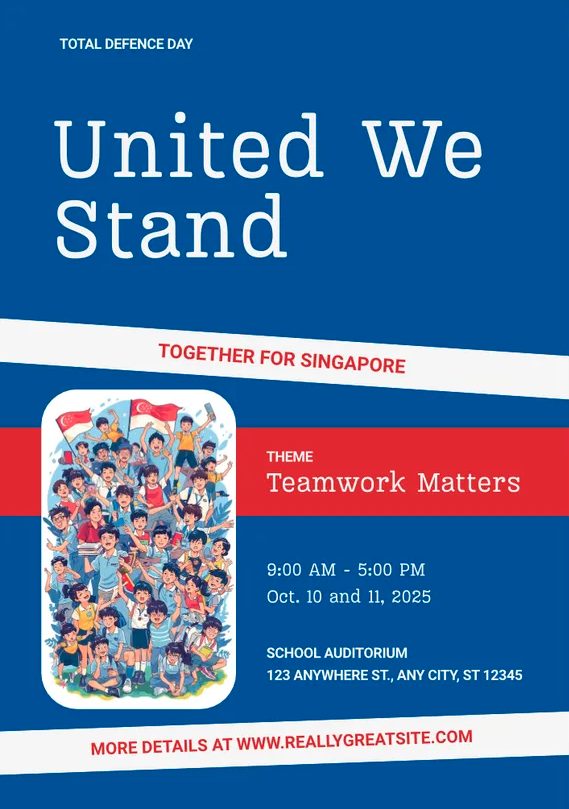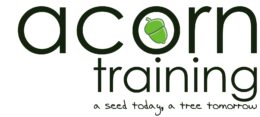Creative Futures with Generative AI




Created by Students
These examples were produced entirely by students using generative AI tools.
Each piece reflects their own ideas, perspectives and creative decisions, demonstrating how accessible and empowering AI-assisted creation can be for learners of different backgrounds and abilities.
Tools Used
Students experimented with a range of widely-used generative AI platforms, including:
- Canva AI – for design layouts, visual composition and image generation
- ChatGPT – for idea development, writing prompts, refining narratives and creative brainstorming
- Microsoft Copilot – for drafting content, refining text and exploring multimodal tools
- Claude – for planning, structuring stories and producing thoughtful, extended written outputs
Why It Matters
Generative AI is transforming how ideas are imagined, developed and shared. From storytelling and design to media creation and communication, these tools are opening up new possibilities for student expression. Learners today are not just consuming content—they are shaping it, remixing it and producing it in ways that were once limited to professionals.
This shift offers exciting opportunities in the classroom. By introducing students to generative AI in a guided and reflective environment, educators can help them grow as innovative thinkers who are both creative and responsible in their use of technology.
Learning Focus
Students will:
- Explore how generative AI tools work across text, image, audio and video
- Use AI to support storytelling, visual communication, design thinking and creative expression
- Develop effective prompts to guide and shape AI-generated content
- Combine AI tools with traditional media to produce original and purposeful work
- Reflect on ethical considerations such as fairness, ownership, authorship, bias and responsible use
What Students Can Create
Learners will use generative AI to bring a wide range of ideas to life, including:
- Digital posters to promote school CCAs, values or community initiatives
- Personal storytelling projects such as visual identity collages or “About Me” profiles
- Covers and concept art for original short stories, comics or videos
- Mock advertisements, packaging designs and branding assets for imagined products
- Social media content and campaign materials for school events or public causes
- Illustrated scenes or dialogues based on literature, current issues or classroom themes
- Multimedia explorations of emotions, aspirations, or reflections on student life
These creative tasks encourage experimentation and allow students to apply their learning in ways that feel meaningful and relevant to their world.
Educational Value
This experience supports the development of creative confidence, critical digital skills and media literacy. It encourages inquiry and imagination while grounding students in ethical thinking about how content is created and shared in the digital age.
It can be meaningfully adapted to a wide range of learning contexts, with natural connections to language, art, citizenship, design, humanities and digital literacy.
Who It Is For
This programme is suitable for students of varying interests and learning profiles. Whether they are drawn to visual storytelling, communication, innovation or emerging technology, it offers accessible and engaging entry points for all learners.
Equip your students with the tools and mindsets they need to thrive in a creative and AI-enabled world. Speak to us to explore how this experience can be introduced at your school.

